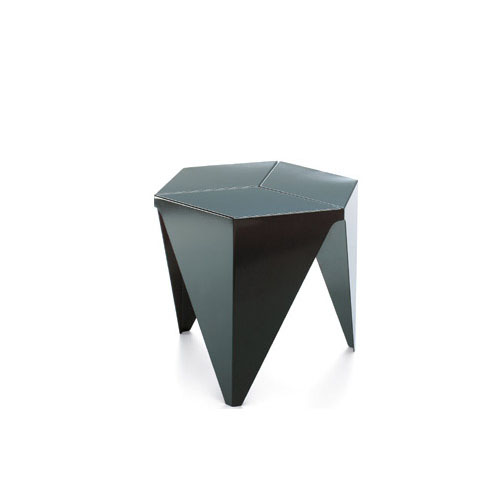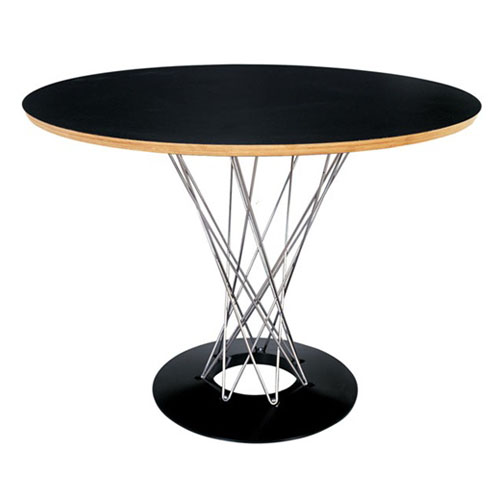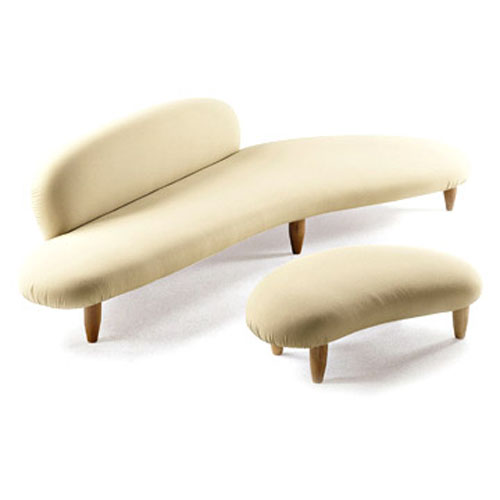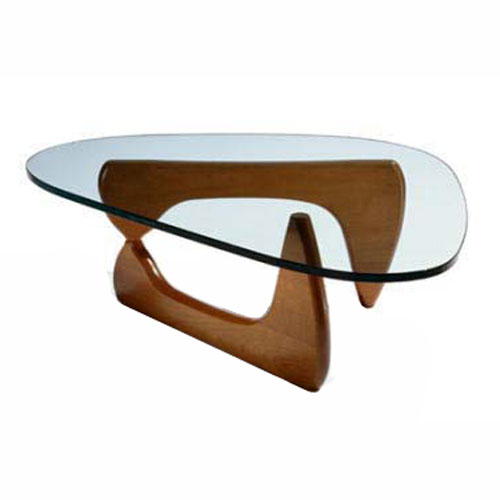
Isamu Noguchi
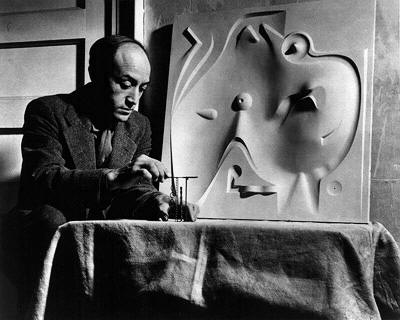 Isamu Noguchi
Isamu Noguchi ISAMU NOGUCHI (1904-1988) was an American-Japanese designer who originally trained as a sculptor and brought a sculptural sensibility to everything he created: lighting, furniture, gardens and stage sets.
At a time when it’s commonplace to talk of the blurring of boundaries between cultural disciplines and of designers acting out the roles of artists, artisans and technologists, or vice versa; it’s hard to appreciate quite how radical Isamu Noguchi (1904-1988) must have seemed when he combined those roles back in the early 1930s.
If Noguchi had to be described as being any one thing it would have to be as a sculptor. He studied sculpture after dropping out of medical school in late 1920s New York and then in Paris as an assistant to Constantin Brancusi. For the rest of his life, Noguchi applied his sculptural sensibility to everything he created: from his mulberry paper Akari lights and Martha Graham’s dance sets, to the mass-manufactured Zenith Radio Nurse and the stone gardens he landscaped at UNESCO’s Paris headquarters and Lever House in New York.
The blurring of boundaries in Isamu Noguchi’s work mirrored his personal history: a fusion of his Japanese father’s Asian heritage and the American modernity of his Californian mother. His parents met after his father, the Japanese poet Yonejiró (Yone, for short) Noguchi, arrived in Los Angeles in the early 1900s at a time when it was fashionable for Japanese intellectuals to live in the US. He placed a newspaper ad for a translator which was answered by a young writer, Leonie Gilmour. She became pregnant but, by the time of the birth, Yone was back in Japan.
Their son, Isamu, was born in Los Angeles in 1904 and lived there with his mother for two years until she took him to join Yone in Tokyo. Once besotted by the West, Yone now loathed it and was far from sanguine at the arrival of his American lover and their illegitimate son. Soon they split up, and Leonie moved from Tokyo to the seaside town of Õmori. At the age of 14, Isamu was sent back to the US to enrol at an international school in Indiana. He graduated from high school as ‘Sam Gilmour'and won a place to study medicine at Columbia University.

